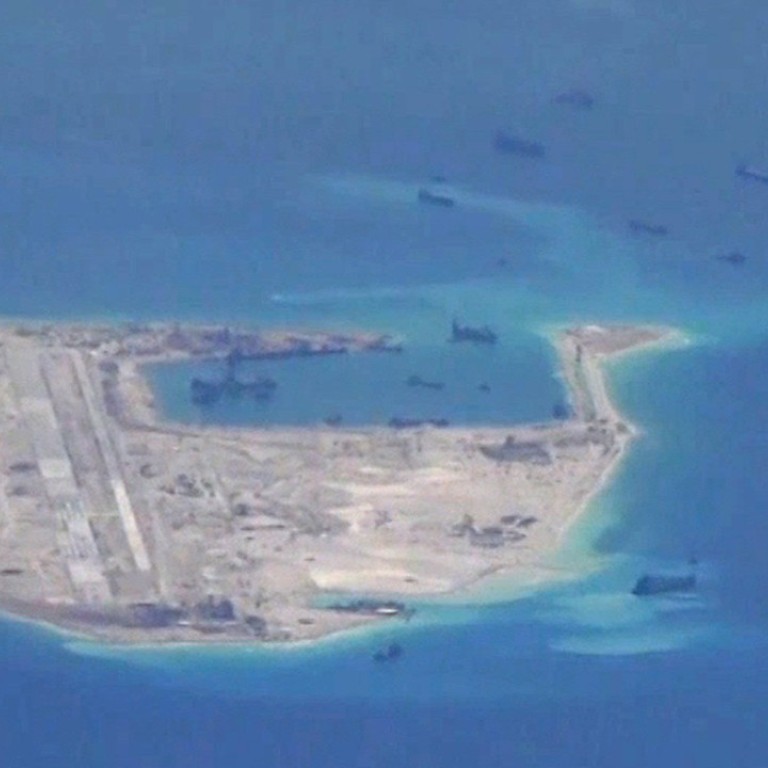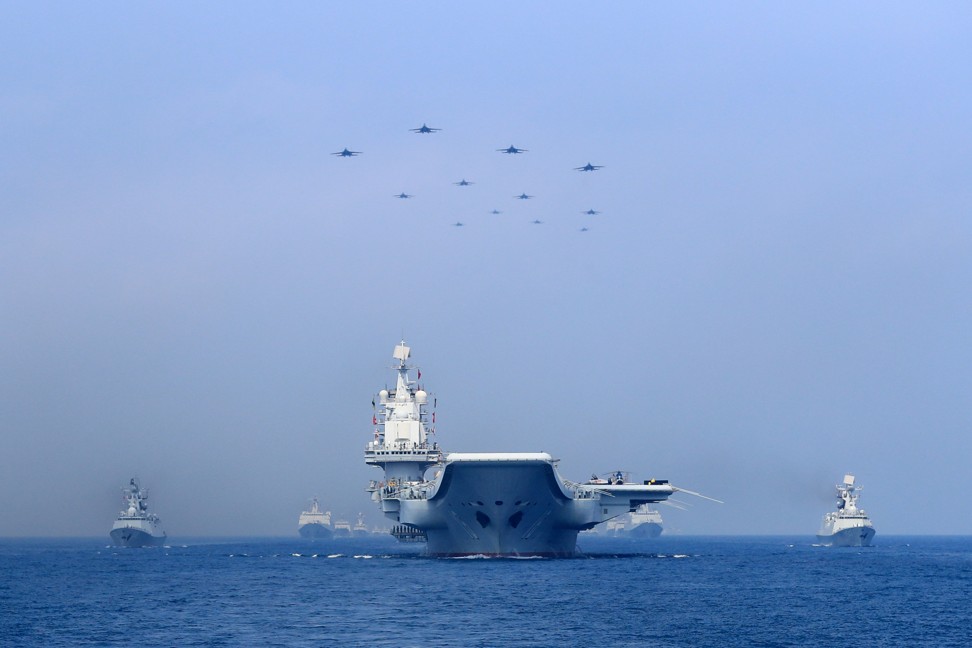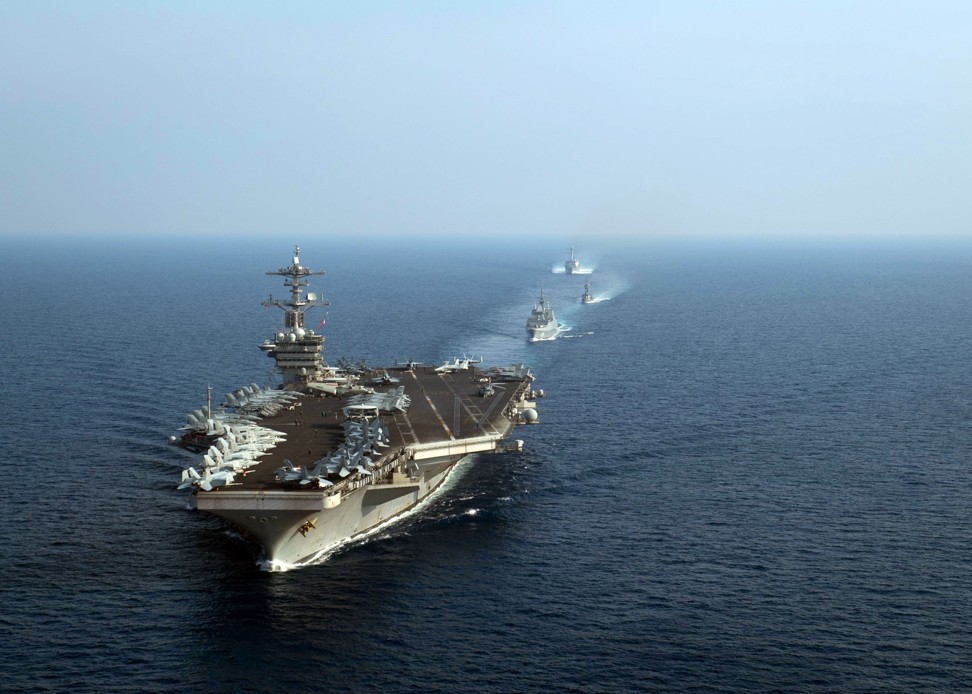
US defence official accuses China of ‘predatory economic activities’ in Indian Ocean
Joe Felter also says US ‘should be concerned’ about reports Beijing has deployed missiles to three outposts in the disputed Spratly Islands
A top US defence department official has accused Beijing of “predatory economic activities” in the Indian Ocean and raised concerns about reports it has moved missiles to man-made islands in the disputed South China Sea.
“This absolutely looks like an effort to militarise these disputed features [in the South China Sea] and we don’t support that,” Felter said on Friday. “We want a peaceful resolution of these [territorial] disputes.”
If confirmed, they would be the first missile deployments by China in the Spratlys, an island chain that is also claimed by the Philippines.
The development comes after the Chinese navy held an unprecedented week-long series of live-fire drills in the South China Sea last month.

Although the US does not have territorial claims over the South China Sea, its warships and aircraft carry out “freedom of navigation” operations in the area.
China accused America of “serious military provocation” in March after a US Navy destroyer sailed within 12 nautical miles of Mischief Reef in the Spratly Islands, where China has built an artificial island.
“The US will continue to fly, sail and operate anywhere that allows us so ... we encourage other states to exercise the same rights under international law,” Felter said.

Washington’s embrace of an Indo-Pacific strategy under President Donald Trump, with an emphasis on it being “free and open”, is seen as a counterbalance to China’s growing influence through infrastructure-building and its military presence in the region.
Felter said some of Beijing’s activities in the South Pacific had not been “consistent” with what that strategy promoted.
He also named developments in Djibouti – where China opened its first overseas military base last year – and at the ports of Hambantota in Sri Lanka and Gwadar in Pakistan, as well as the China-Pakistan Economic Corridor, as “predatory economic activities”.
“Into the South Pacific, we heard some other disturbing news on China’s predatory economic activities – they are also trying to gain a foothold in ways we don’t think are consistent with the interests of those individual states and countries,” Felter said.
Washington has repeatedly expressed concerns over Beijing’s efforts to expand its geopolitical and military power and win influence through such projects, which also add to the debt burdens of the countries involved.
“What China is doing ... we don’t think it’s out of interest of the rule-based order we are promoting with our strategy,” Felter said.

